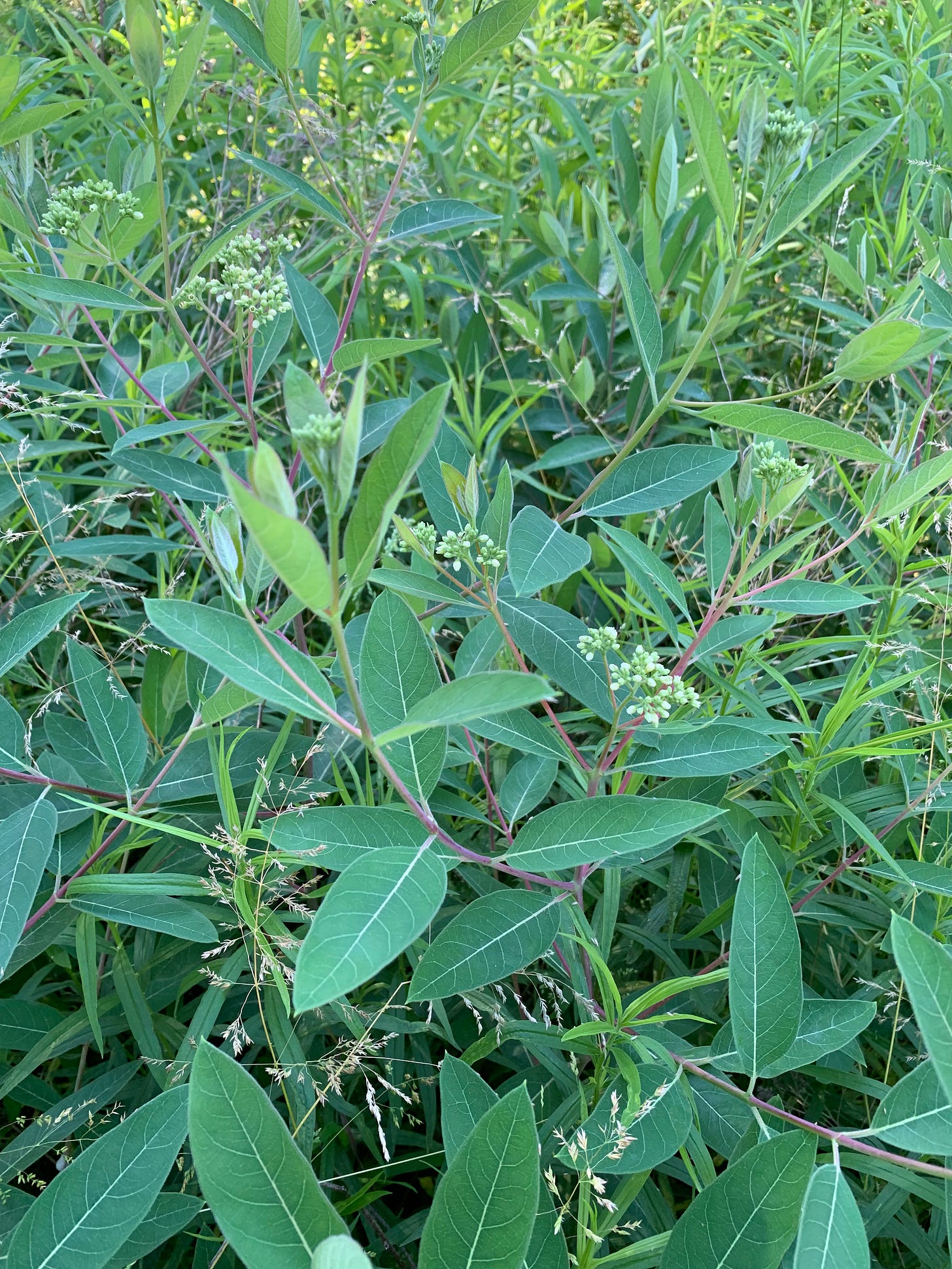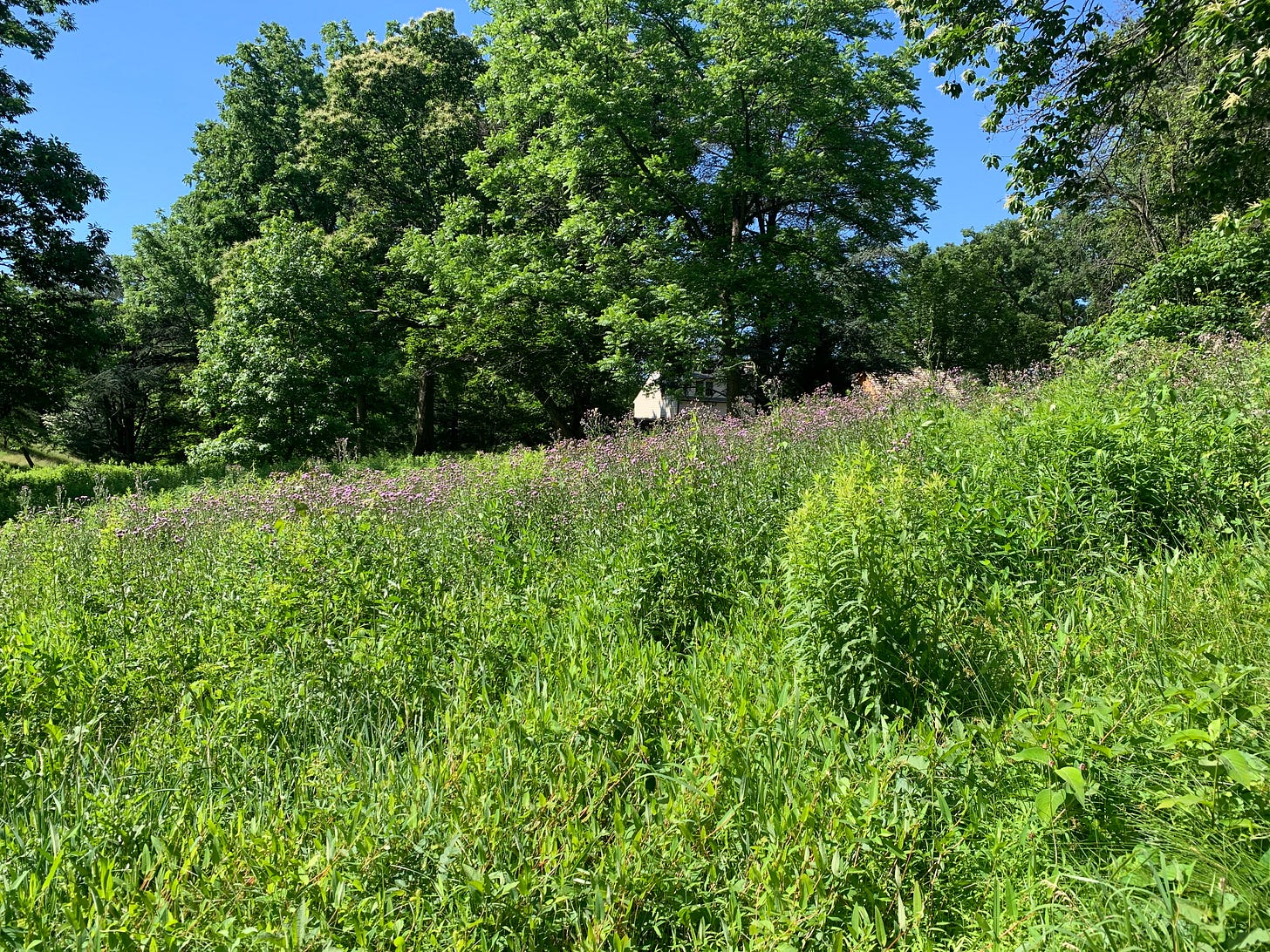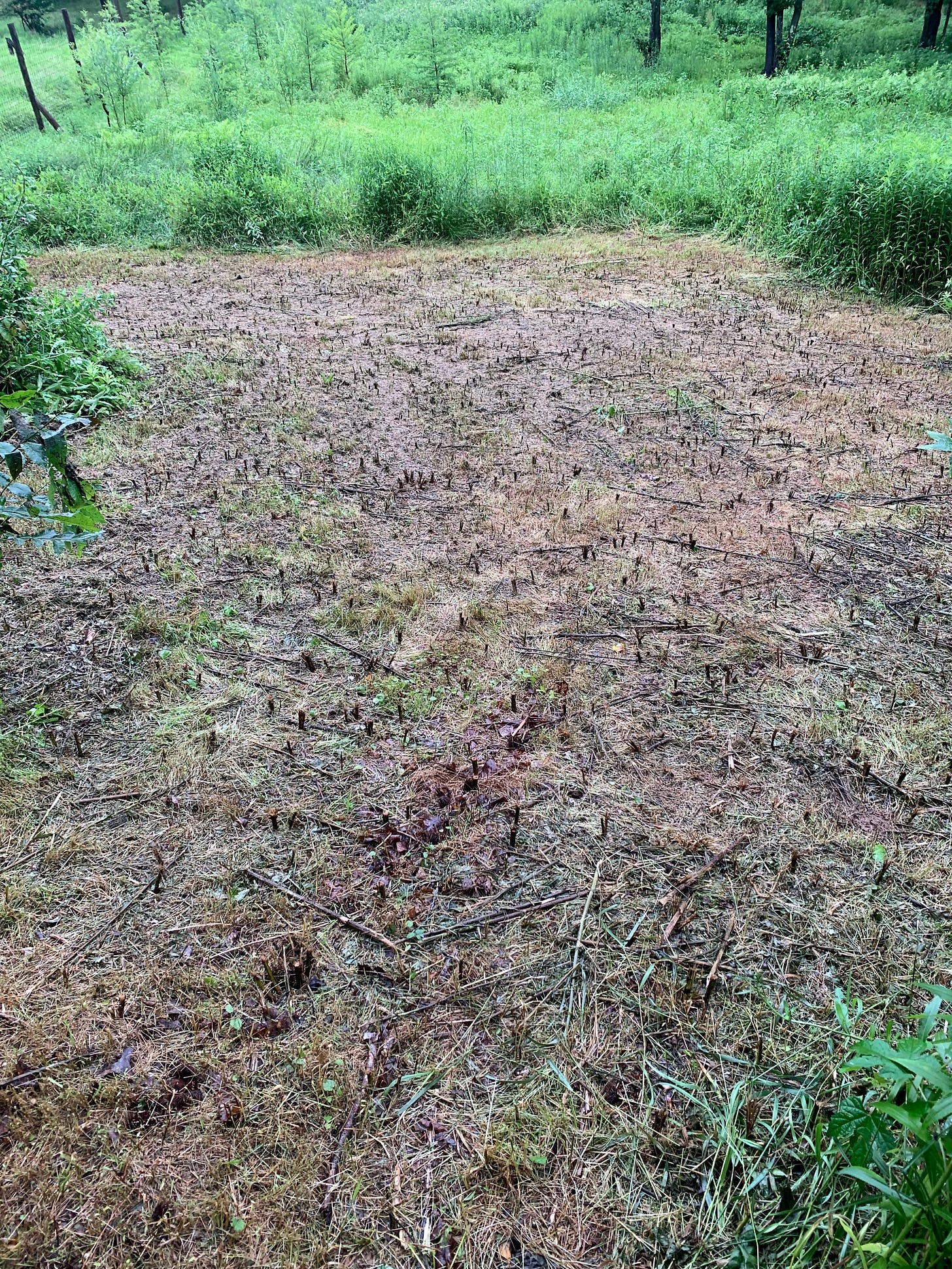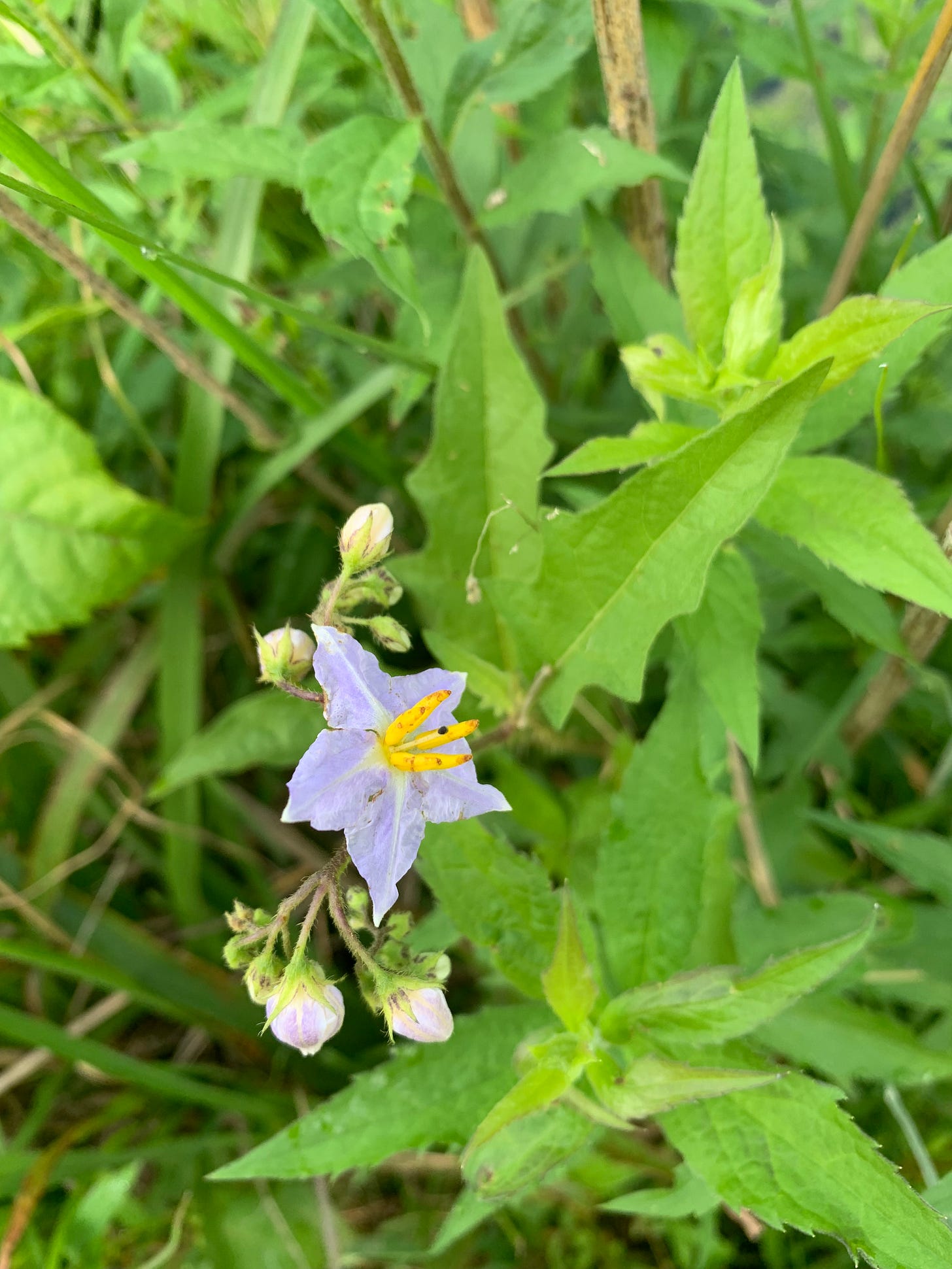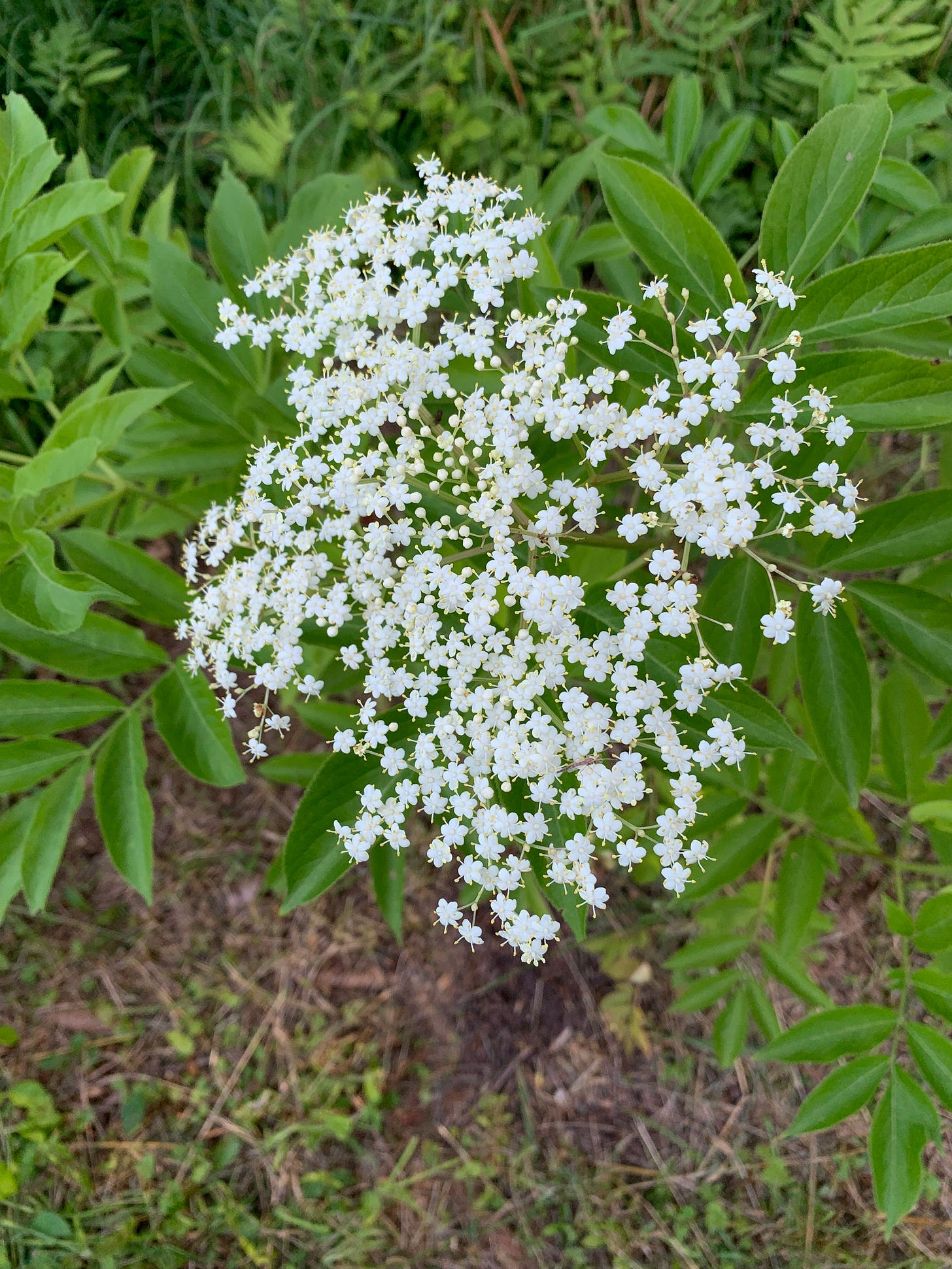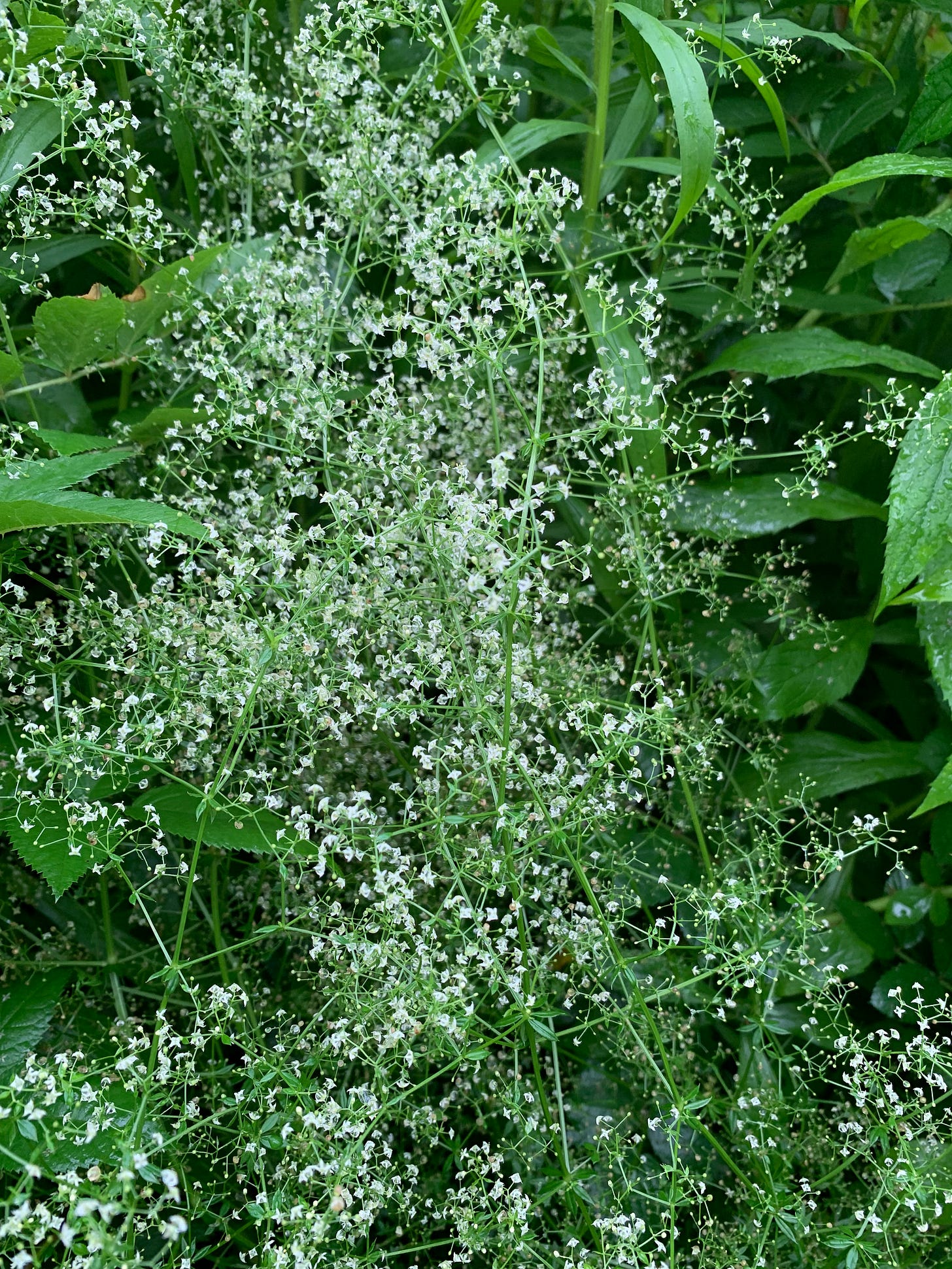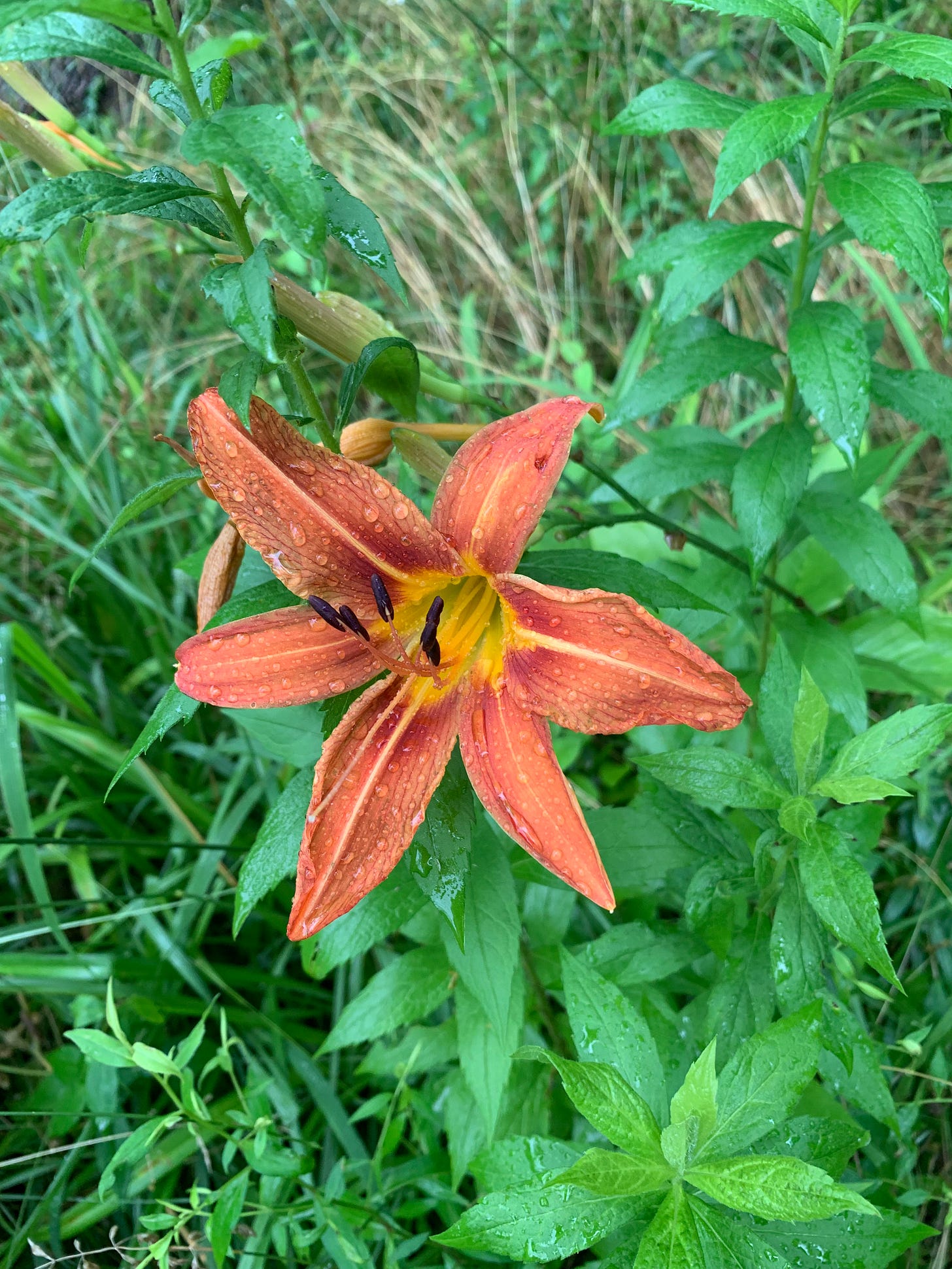Invasives Are NOT People Too
Puddock Hill Journal #12: What’s so bad about invasive trees, anyway?
Earlier this spring, Pam and I went on a horticultural walking tour of a nearby town. The woman leading the tour was knowledgeable, but went off course when someone asked a question about invasive trees. No trees are bad, she said. They are just doing what trees do.
This struck me as an attitude that was both charmingly old fashioned and dangerously naive. Earlier in the walk, when I had mentioned the curious fact that John Bartram, one of America’s earliest and greatest botanists, was responsible for introducing the invasive Norway maple to the continent, she bridled at that news, as if John Bartram, may he rest in peace, ought to be beyond reproach.
I had raised the point not as criticism of Bartram, however, but as testament to how our understanding of nature and, not incidentally, our responsibility for how we interact with it, evolves over time. After all, Bartram died a year after the American revolution. In his day, doctors still treated people by bleeding them with leeches. Surely, we’ve learned some things since then.
Given her response to my bit of Norway maple trivia, perhaps I shouldn’t have been surprised when the tour guide responded to the query about invasive trees with a Hortonesque reply along the lines of “a tree is a tree, no matter how evil.” I did not comment at the time, but later I wracked my brains for what might have been a persuasive counterpoint and came up with the analogy that serial killers are people too, but that doesn’t mean they’re good for us.
To some extent, we categorize certain plants as invasive because they do their jobs too well—their primary job being perpetuation of their own species. Some of our native plants are invaders abroad, and some also behave aggressively at home. For example, Common dogbane or Indian hemp (Apocynum cannabinum) grows in profusion in the meadow beside our small pond. It’s about to bloom in this photo:
While it may crowd out other plants (everything competes with everything), this is a native upon which many native bees, wasps, butterflies, moths, and flies feed. Because of its aggressive nature, it is not advisable to plant it in a garden, but I’m inclined to allow it to do its thing in the meadow because it beats the likely alternatives of multiflora rose, porcelainberry, and Canada thistle. In fact, nearby in the same meadow we had an invasion of Canada thistle that looked like this (in flower in center of photo):
Just the other day, we eradicated it using scorched-earth tactics (without chemicals). This photo is taken from a perspective that is opposite of that above:
If a native like dogbane takes its place, I’ll book that as a win.
But let’s get back to the trees. Why am I so adamant that invasive trees are not people too? Simply because invasive trees, like other invasive plants, do not support our native fauna and do actual harm to the ecosystem, further disadvantaging native species. Here are some of the worst offenders:
Norway maple (Acer platanoides). Before anyone knew any better, plants were routinely moved among continents. (In fact, they still are. *sigh*) In 1756, the aforementioned John Bartram imported this tree as an ornamental, but it subsequently escaped cultivation. The Norway maple is a shade specialist. It creates dense shade when mature and its saplings thrive in dense shade. As a result, it is invading woods and reducing wildflower diversity.
Tree-of-heaven (Ailanthus altissima). This tree, made famous by the novel A Tree Grows in Brooklyn, was introduced as an ornamental in Philadelphia in 1784. (Bartram had died by then, so we can’t blame him.) In addition to damaging sewer lines and foundations—an accusation that might easily be leveled against certain natives, truth be told—Tree-of-heaven manifests allelopathy, suppressing the germination of native plants in its vicinity.
Callery or Bradford pear (Pyrus calleryana). These trees were introduced in Maryland as root stock for native pears in 1918. In abandoned meadows or areas of disturbance that might otherwise be reforested by pioneer or early succession native trees such as Eastern red cedar (Juniperus virginiana), Sassafras (Sassafras albidum), and American persimmon (Diospyros virginiana), Callery pears beat them to the punch and crowd them out.
Autumn olive (Elaeagnus umbellata). This large shrub or small tree was introduced from Asia in the nineteenth century and deployed extensively for erosion control by the Soil Conservation Service in the 1950s. Alas, the law of unintended consequences soon took over, and it began spreading aggressively. It now often outcompetes and displaces native plants by shading them out and changing soil chemistry—more allelopathy.
There are other invasive trees in our area, but these are among the worst. In general, invasive trees reduce biodiversity of both native plants and animals, making us all poorer.
At Puddock Hill, our initial efforts toward reducing invasives involved attacking woody vines, especially multiflora rose and Asian bittersweet, so we have only recently turned our attention to invasive trees and shrubs. As a consequence, we inherited a single Callery pear that I allowed to linger too long by the small pond. Here’s what it looked like in bloom this spring (center left):
We removed it shortly after this picture was taken, and not a moment too soon. Another sign of spring was dozens of Callery pear saplings, seeded last summer no doubt, invading our meadows. I removed them by hand, and we have also spent the past few years removing persistent Autumn olive, which often has to be cut back more than once, since we abjure chemicals.
Alas, all trees do not deserve equal treatment. Proper backyard stewardship requires thoughtful discrimination against the invaders that threaten to impoverish our landscape, even those brought to our shores by well-meaning early botanists.
On my morning walk today, I found this native Carolina horsenettle (Solanum carolinense) growing near the big pond:
One of the native American black elderberries (Sambucus canadensis) we planted last fall shows prolific flowers. Prolific berries will follow, I hope:
I’m not sure, but I believe this spray of tiny white flowers is native Rough bedstraw (Gallium asprellum), growing in the small pond meadow:
Daylilies (Hemerocallis lilioasphodelus spp.) are not native to North America and are now considered invasive in some places, but they don’t behave invasively at Puddock Hill at the moment. I’m inclined to leave them for now and watch them. So beautiful, they’re easy to watch, even in the rain:



